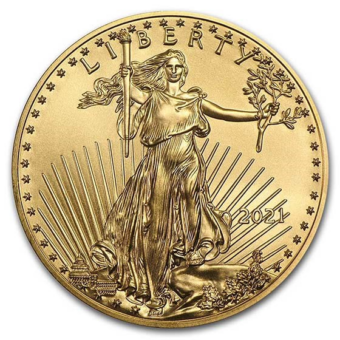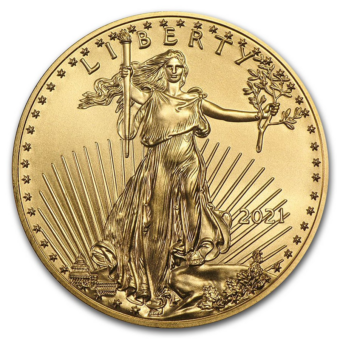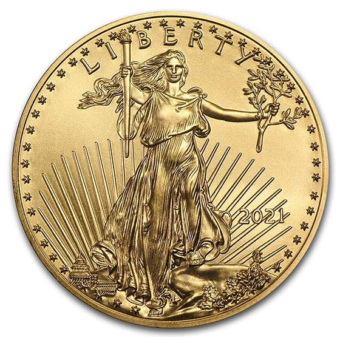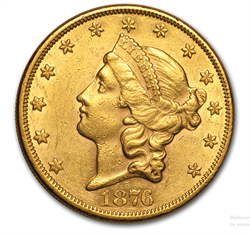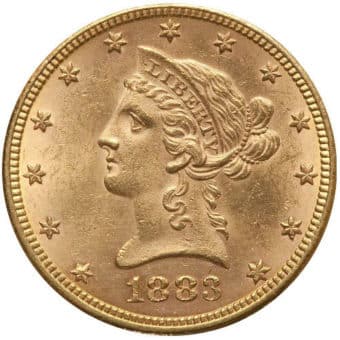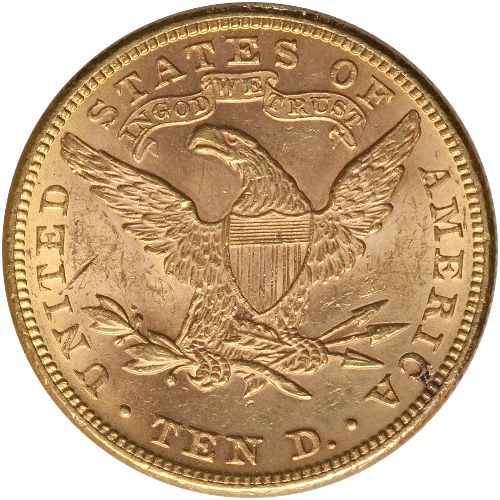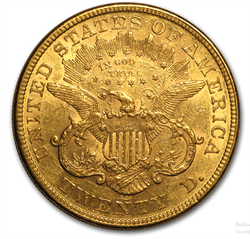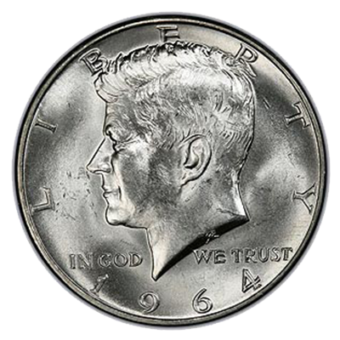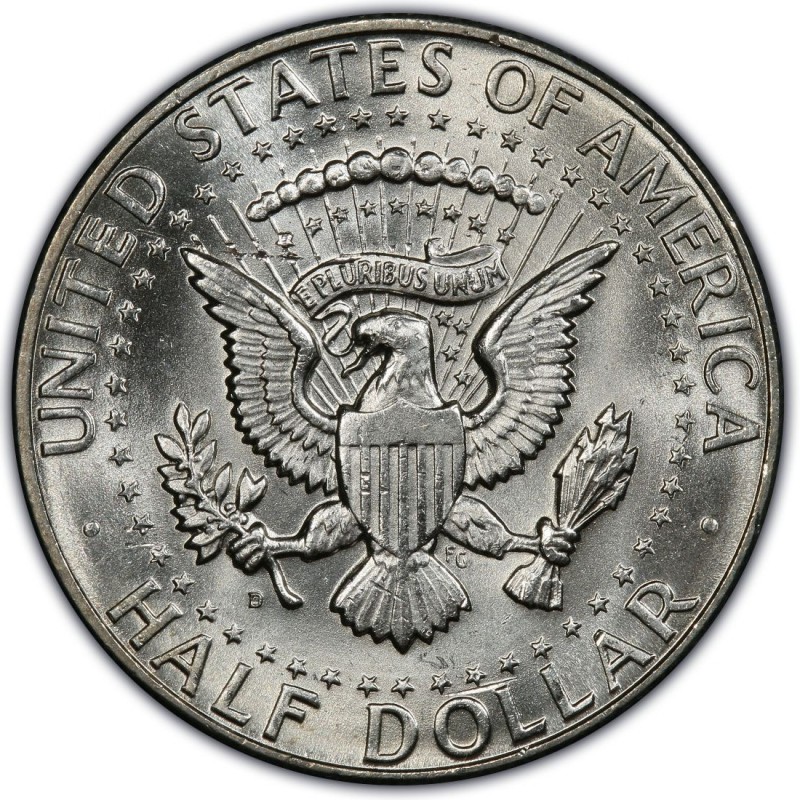The Gold Trail: A Daily Journey Through the Week's Market
Monday - 1.22.24: Gold and silver markets experienced some fluctuations that ended net negative. Gold prices closed at $2,021.06, showing a slight decrease of 0.32%, while silver prices fell more significantly, closing at $22.08, which is a 2.00% decline. These movements reflected a somewhat mixed sentiment in the markets on that day.
Tuesday - 1.23.24: Gold and silver modestly rise driven by short covering and mild corrective bounces after recent declines.. China's consideration of a $280 billion boost to stabilize its stock market and the Bank of Japan's unchanged monetary policy are influencing markets. Additionally, the U.S. dollar index is slightly up, while Nymex crude oil prices drop to around $74.00 a barrel, and the U.S. Treasury 10-year note yield stands at 4.128%. U.S. economic reports due include the Johnson Redbook retail sales report and the Richmond Fed business survey.
Wednesday - 1.24.24: Gold and silver markets saw slightly subdued activity. Gold prices dipped slightly, closing at $1843.2 per ounce, while silver prices retreated to end at $22.17 per ounce. The muted movements were likely influenced by ongoing economic data and uncertainty surrounding the Federal Reserve's interest rate decisions.
Thursday - 1.25.24: Gold and silver prices remained relatively stable in midday U.S. trading on Thursday, despite the release of substantial U.S. economic data, including a GDP report indicating steady economic growth. February gold touched a five-week low, last down at $2,014.30, while March silver decreased slightly to $22.85. The U.S. economy demonstrated stronger than expected growth in the last quarter of 2023, expanding at an annualized rate of 3.3%, which was higher than the anticipated 2%. This growth marks an improvement from the 2.5% annual growth rate for 2023, exceeding the previous year's 1.9% and closely aligning with the Federal Reserve's forecast.
Friday- 1.26.24: Cooling inflation over the past year hasn't provided much upward momentum for gold prices, which remain above $2,000 per ounce. The U.S. Department of Commerce reported a 0.2% increase in the core Personal Consumption Expenditures price index for December, in line with expectations but lower than November's 0.1% increase. On an annual basis, core PCE rose 2.9% in December, slightly below the consensus forecast of 3.0%. While some economists suggest this could give the Federal Reserve room to cut rates, others argue that the U.S. economy's resilience keeps the inflation threat alive. The gold market is showing minimal reaction to these PCE numbers, with February gold futures trading nearly unchanged at $2,019.70 an ounce.
PCE Inflation Gauge Shows Cooling Prices as 2023 Ends; Markets Speculate on Fed's Response
An important inflation gauge, the Commerce Department's personal consumption expenditures price index for December, revealed a 0.2% increase on a monthly basis and a 2.9% rise on a yearly basis (excluding food and energy). These figures were slightly lower than economists' expectations of 0.2% and 3%, respectively. On a monthly basis, core inflation increased from 0.1% in November, but the annual rate decreased from 3.2%. Including volatile food and energy costs, headline inflation also rose 0.2% for the month and held steady at 2.6% annually. This data suggests that while inflation remains elevated, it is making progress lower, potentially signaling a green light for the Federal Reserve to consider interest rate cuts later in the year. With consumer spending outperforming estimates and personal income growth in line with forecasts, the data indicates that consumers are drawing on their savings. Overall, the report suggests an expanding economy and a move towards the Fed's 2% annual inflation target, possibly prompting policy adjustments in the near term.
Gold Hits Session Lows as U.S. Pending Home Sales Surge 8.3% in December
In response to a surprising surge in U.S. pending home sales, which increased by 8.3% in December, gold prices experienced a sharp decline to session lows. The National Association of Realtors (NAR) reported this unexpected growth, with a pending home sales index reading of 77.3, surpassing November's revised decrease of 0.3%. This data exceeded expectations, as analysts had predicted only a 1.5% rise in pending home sales transactions. The gold market swiftly reacted to the news, with prices dropping to a daily low of $2,016.23 shortly after the 10 am EST release. The U.S. housing sector's performance has been closely monitored due to its impact on the nation's GDP, and the Federal Reserve's aggressive interest rate hikes have posed challenges in 2023, although optimism remains for future sales growth in the sector.
US Dollar Ranks Last in Forbes' Top 10 Strongest Currencies as BRICS Pushes De-Dollarization Mission
Forbes reports that the US Dollar has dropped to the bottom of the list in the ranking of the top 10 strongest currencies in the world, as the BRICS bloc continues its efforts in de-dollarization. The Kuwaiti Dinar currently holds the top spot, with 1 Kuwaiti Dinar equal to 3.25 US dollars, credited to the country's robust oil reserves and fiscal policies. Other global currencies ahead of the US Dollar on the list include the Omani Rial, the Jordanian Dinar, the Euro, and the British Pound. Notably, none of the BRICS native currencies are in the top ten. While the BRICS mission may face challenges, the declining strength of the US Dollar underscores their efforts. Despite ranking last, the US Dollar remains the dominant global currency for trade and commerce, with many nations using it, and central banks worldwide holding it in reserves. Nevertheless, concerns about the US Dollar's stability are growing, suggesting that BRICS and its currency, when developed, may pose a future threat to the greenback's global supremacy.
Strong U.S. Economic Growth of 3.3% in Q4 2023 Surpasses Expectations
The U.S. economy exhibited robust growth in the fourth quarter of 2023, with a surprising 3.3% annualized rate of Gross Domestic Product (GDP) growth, surpassing Wall Street's estimated 2% gain. The entire year of 2023 saw an annualized pace of 2.5%, significantly outperforming initial expectations. Strong consumer and government spending were key drivers of this expansion. Additionally, there was a notable improvement in inflation, with core prices for personal consumption expenditures rising 2% for the period and the headline rate at 1.7%. This economic performance defied predictions of a looming recession, although concerns linger about the lagged effects of prior monetary policy tightening, consumer spending sustainability, and the impact of government deficit spending, especially as political and geopolitical uncertainties persist in the new year.
Gold Prices Approach Session Highs as U.S. New Home Sales Rebound in December
Gold prices are nearing session highs as the latest data indicates a rebound in the U.S. housing market for December. New home sales surged by 8% during the month, in line with expectations, following an upwardly revised -9% decline in November, according to the U.S. Census Bureau and the U.S. Department of Housing and Urban Development. December's seasonally adjusted annualized rate of new home sales reached 664,000, exceeding market forecasts that predicted 645,000 units. Additionally, November's sales figures were revised upward to 615,000 units from 590,000. On an annual basis, new home sales saw a 4.4% increase compared to December 2022, with an estimated 668,000 new homes sold in 2023, marking a 4.2% rise from the 2022 total. The median sales price for new homes in December was $413,200, and the average sales price was $437,300. However, the housing market's challenges persist due to rising mortgage rates and limited supply, which continue to keep housing prices high, potentially affecting new homebuyers. Spot gold briefly hit $2,025.32 before settling at $2,024.15, marking a 0.49% gain on the day.
China's Dominance in the Gold Market in 2023 Faces Risk from Equity Rally
China maintained its stronghold in the global gold market throughout 2023, outperforming major Chinese assets with a 17% increase against the renminbi, surpassing its 14% gain against the U.S. dollar, as reported by the World Gold Council. This strong performance was driven by a weakening local currency and robust demand, marked by record-high premiums between Shanghai and London. Chinese consumers turned to gold as a wealth preservation tool amidst economic uncertainty and high saving rates. China's central bank also contributed to the surge in demand, increasing its gold reserves by 225 tons in 2023. However, experts warn that China's growing influence in the gold market could face risks from a potential equity market rally, should the Chinese government explicitly support domestic equities, diverting investment away from gold, which has become a necessity for Chinese portfolios amid expectations of disinflation and income uncertainty.
Gold's Rally in 2024 May Be Limited Despite Rate Cuts, Says CME Group Economist
Erik Norland, Executive Director and Chief Economist at CME Group, suggests that investors expecting a significant rally in gold due to Federal Reserve rate cuts in 2024 may be disappointed. Norland highlights that gold's price movement is driven by factors beyond just inflation and interest rates. Central banks' continued buying of gold, treating it as a reserve asset, has influenced its price. Additionally, traders view gold as an alternative to the U.S. dollar. While gold has historically been considered an inflation hedge, it often anticipates inflation rather than reacting to it. Norland cautions that the strong correlation between gold prices and rate changes means that the gains from rate cuts may already be priced in, and gold's future performance may depend more on the U.S. economy's performance. A 'soft landing' with minimal rate cuts could be bearish for gold, while an economic downturn accompanied by more significant rate cuts might drive gold to new record highs.
UBS Predicts 10% Increase in Gold Prices for 2024 Amid Rate Cut Speculation
Despite a slight decline in gold prices at the beginning of 2024, UBS strategists believe that the precious metal could close the year with a 10% increase over current levels, driven by the potential for interest rate cuts. UBS described the recent price fluctuations as minor in the context of gold's 15% rise in 2023 and emphasized the significance of the Federal Reserve's policy pivot. While gold remains above the $2,000 per ounce mark, UBS forecasts a rise to $2,250 per ounce by year-end, notwithstanding near-term volatility. Scotiabank analysts also revised their outlook, raising their year-end gold forecast to $2,000 per ounce from $1,900 per ounce. Gold prices can be influenced by factors such as geopolitical instability, market uncertainty, and interest rates, making it an attractive safe-haven asset when uncertainty prevails. The anticipation of Fed rate cuts, starting in May with an expected 100 basis points reduction, is expected to drive fresh demand for gold, particularly through exchange-traded gold funds. Central banks have also been buying gold, further bolstering its appeal for hedging and diversification purposes.
Next Week’s Key Events
MONDAY, JAN. 29
- None scheduled
TUESDAY, JAN. 30
- 9:00 am: S&P Case-Shiller Home Price Index for Nov.
- 10:00 am: JOLTS report for Dec.
- 10:00 am: Consumer Confidence for Jan.
WEDNESDAY, JAN. 31
- 8:15 am: ADP Employment for Jan.
- 2:00 pm: FOMC rate decision
THURSDAY, FEB. 1
- 8:30 am: Initial Jobless Claims for Jan. 27
- 9:45 am: S&P U.S. Manufacturing PMI (final) for Jan.
- 10:00 am: ISM Manufacturing for Jan.
FRIDAY, FEB. 2
- 8:30 am: Employment Situation Summary for Jan.
- 10:00 am: Consumer Sentiment (final) for Jan.
IMPACT ON GOLD AND SILVER MARKETS:
S&P Case-Shiller Home Price Index (20 cities): A strong increase in home prices can indicate a robust housing market, which may lead to expectations of higher inflation. This could potentially be negative for precious metals like gold and silver as investors may prefer other assets to hedge against inflation.
JOLTS report: The Job Openings and Labor Turnover Survey (JOLTS) report provides insights into the labor market's health. Positive job market data might lead to expectations of higher interest rates, which could be bearish for gold and silver as higher rates make non-interest-bearing assets like precious metals less attractive.
Consumer Confidence: Rising consumer confidence can be a sign of increased consumer spending, which is generally positive for the economy. However, it may also lead to concerns about inflation, potentially impacting precious metals negatively.
ADP Employment: This report can provide a preview of the official employment figures released later in the week. A strong ADP employment report may boost expectations of higher interest rates, which could weigh on gold and silver prices.
FOMC Rate Decision: Any changes in interest rates by the Federal Reserve can have a significant impact on precious metals. An interest rate hike can make gold and silver less attractive as they do not provide interest or dividends.
Initial Jobless Claims: A higher number of jobless claims may indicate economic weakness and could be seen as bullish for gold and silver as investors seek safe-haven assets in uncertain times.
S&P U.S. Manufacturing PMI and ISM Manufacturing: These reports provide insights into the health of the manufacturing sector. Strong manufacturing data can suggest economic growth, which might lead to concerns about inflation and weigh on precious metals.
Employment Situation Summary: The official monthly jobs report is closely watched by investors. A strong jobs report may boost expectations of higher interest rates, which can be negative for gold and silver.
Consumer Sentiment: Rising consumer sentiment can be interpreted as a positive sign for the economy but may also raise concerns about inflation, potentially affecting precious metals negatively.







